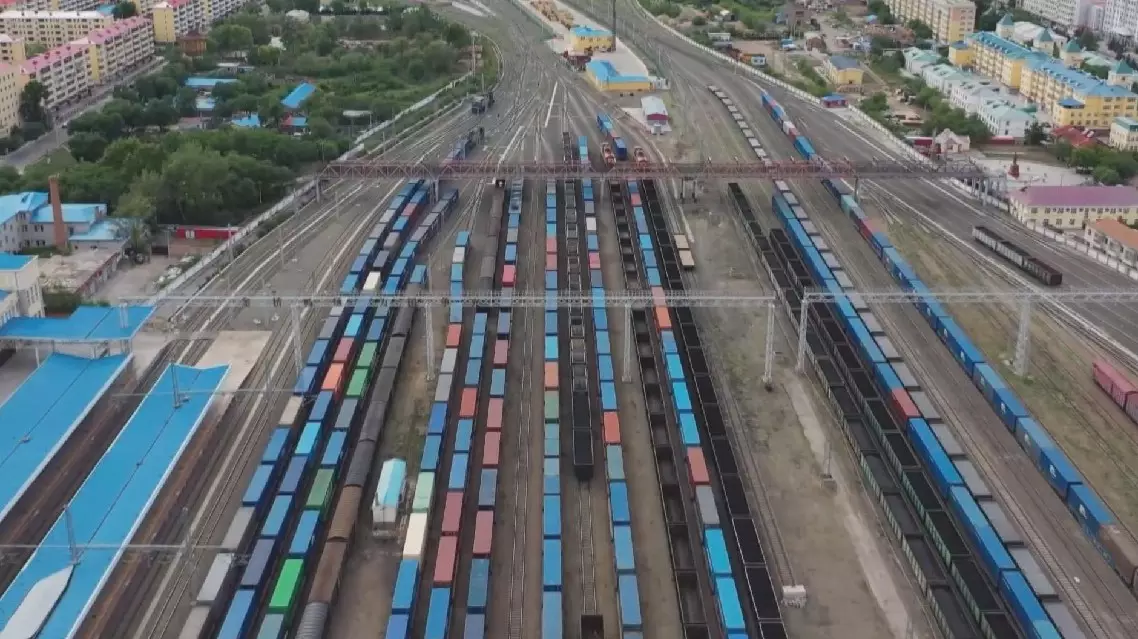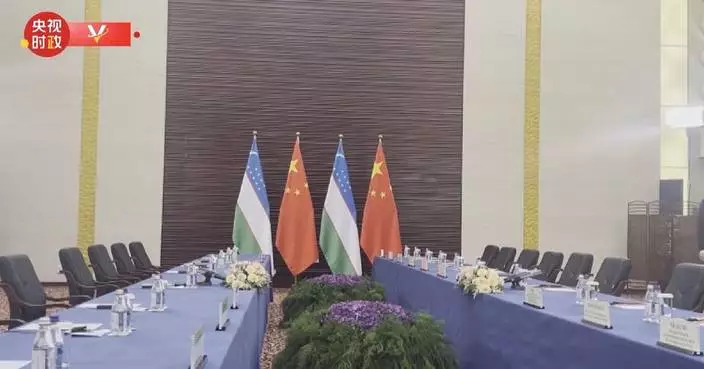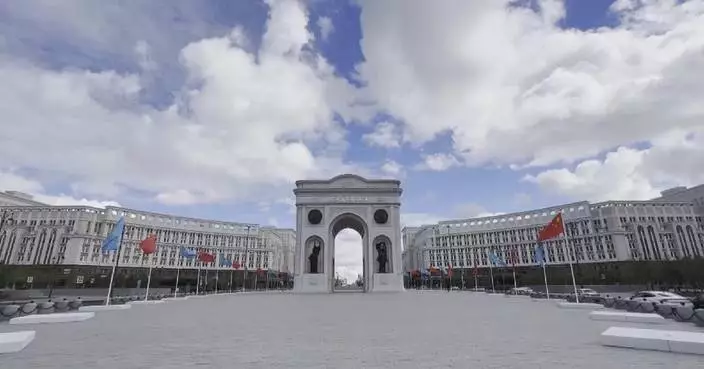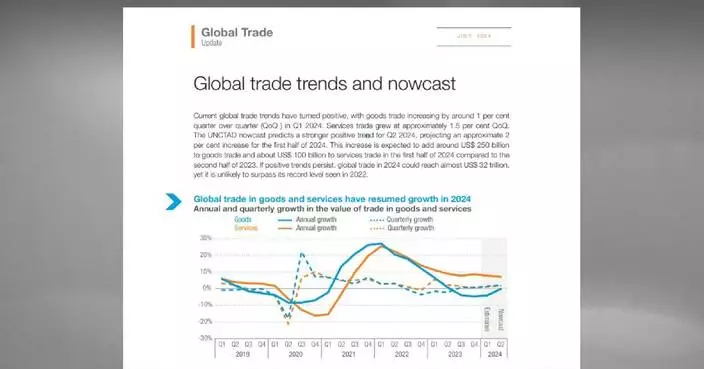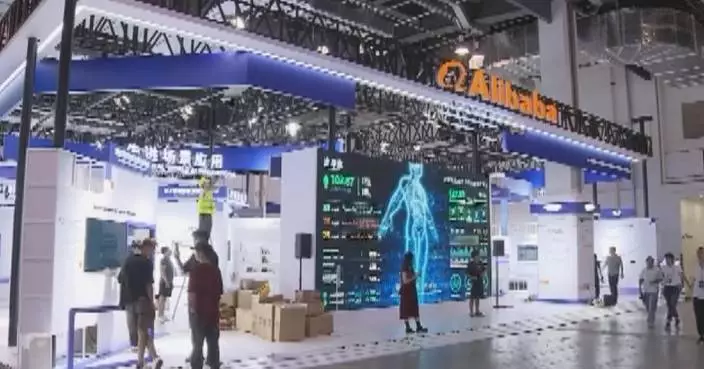The current government of the Hong Kong Special Administrative Region (HKSAR) has made great efforts to ensure security and stable development of the SAR and will continue to work hard to improve Hong Kong's competitiveness in various sectors, said HKSAR Chief Executive John Lee Ka-chiu.
In an interview with China Global Television Network before the SAR celebrates the 27th anniversary of Hong Kong's return to the motherland, Lee reviewed the work the current SAR government has done since it took office.
The current KHSAR government has completed two major political tasks to ensure security, stability and effective governance, said the chief executive.
"On the political side, we have done two important things in the past two years. The first is we have fulfilled our constitutional duty for local legislation as stipulated under Article 23 of HKSAR Basic Law. On March 19, 2024, the Safeguarding National Security Bill under Article 23 was unanimously passed by the Legislative Council. This was a glorious deed for which the SAR had waited 26 years, eight months and 19 days," Lee said.
"I am very grateful to the Legislative Council and all sectors of society for supporting the SAR government in completing this historic task. Another thing that we have done is that we've completed the work of the District Council election in December 2023, which is the implementation of Article 97 of the Basic Law and the implementation of district advisory bodies in Hong Kong. So, these two political tasks have been completed, which I think are particularly important for our security, stability and effective governance," he said.
Talking about the focus of the SAR government's work, Lee said they will try to make Hong Kong more competitive in talent, sci-tech and capital.
"The first thing we do is to increase the competitiveness of Hong Kong, when it comes to talent, science and technology, as well as capital. First, on the talent front, when I took office, we made a target of luring 35,000 talented people every year. And now we have attracted about 120,000 people through various talent intake programs, exceeding our target," Lee said.
"Second, on science and technology, we have focused vigorously on building the center of science and technology innovation in Hong Kong through the plan of 'industry-university-research +'. That's because our strongest strength is science and technology research and there are developments in the upstream. The downstream is to integrate into the overall development of our country," he said.
"The third is capital. Hong Kong, as a financial center, plays a great role in financing, listing, moving capital in and out. Foreign funds can invest in Hong Kong and invest in the mainland, and mainland funds can also go global through Hong Kong. Hong Kong has more advantages than what I have listed," said the chief executive.
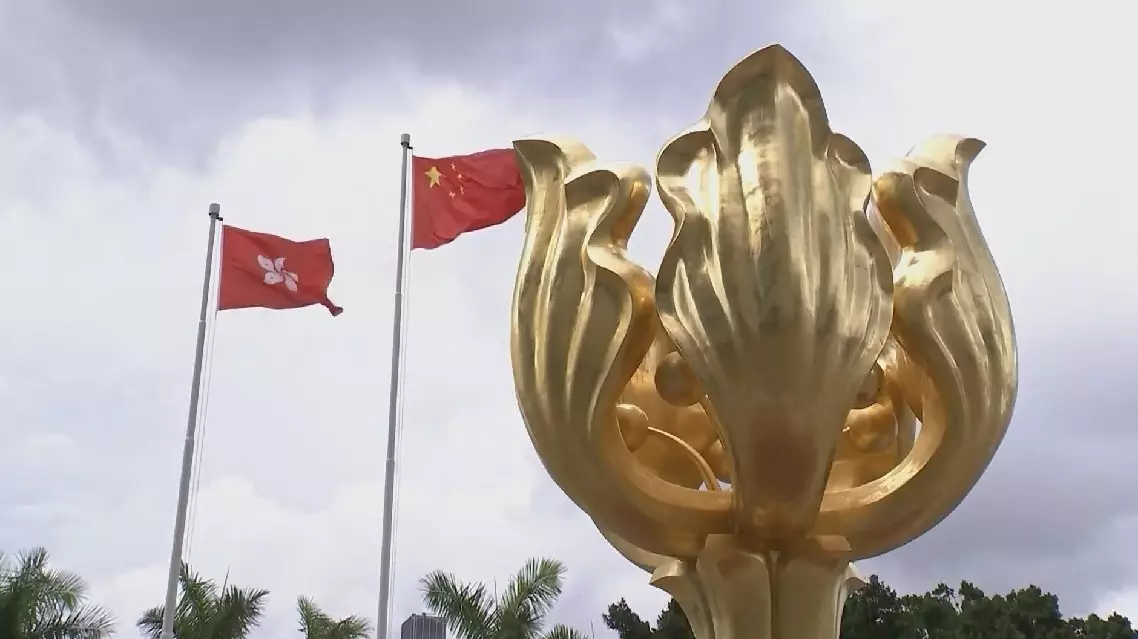
Hong Kong chief executive reviews work since taking office, charts plan for future development


